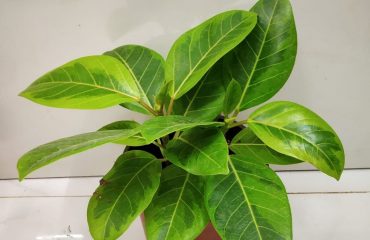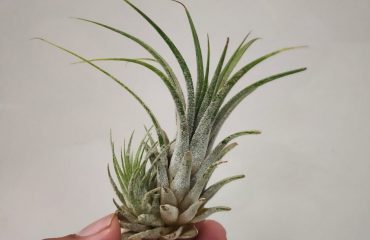How To Grow & Care The Fragrant Herb Rosemary
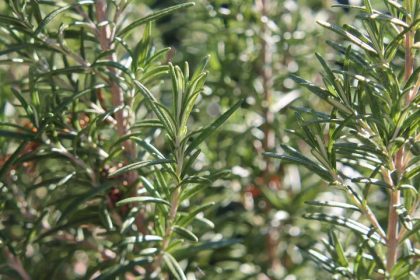
Rosemary is a versatile herb, providing evergreen interest all year round, fragrant leaves for use in cooking, and nectar-rich flowers for bees in spring. Grow rosemary along a path, so every time you brush past, the leaves release their aromatic oils.
Hailing from the Mediterranean, rosemary thrives in a sunny, sheltered spot in well-drained soil. It can struggle in heavy clay soils, particularly in winter, when the ground tends to be wetter. You can grow rosemary in pots, but bear in mind this perennial herb can grow quite big, and will need potting on in fresh compost every couple of years.
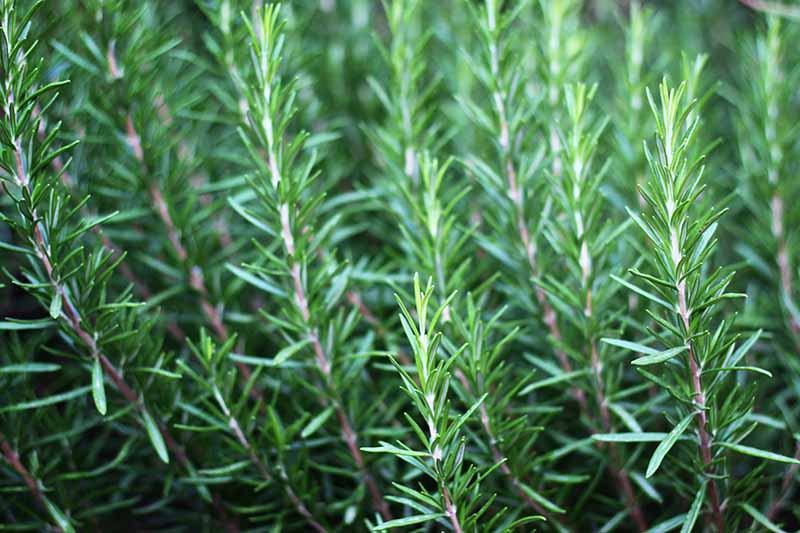
How to grow rosemary at home
Grow rosemary in well-drained soil in full sun. Young plants can suffer if their roots are sitting in wet soil in winter, so it’s a good idea to grow rosemary in a container for a couple of years before planting into the garden. Cut back annually to prevent the plant from becoming woody, and mulch in autumn with leaf mould, well-rotted compost or manure.
Caring for rosemary plants
Rosemary requires little maintenance during the year except cutting back after flowering to prevent plants becoming straggly and woody. Save the trimmings to propagate new plants or dry them for cooking.
Rosemary does well in containers in a soil-based, peat-free compost. Add crocks to the bottom of pots to aid drainage. Keep rosemary plants well watered during dry spells and feed with a general fertiliser during the growing season. In cold winters, bring plants under cover for protection.
Light
To keep rosemary happy, give it six to eight hours of full sunlight each day. When growing it indoors, place it in a south-facing window for bright light, but don’t let it get too hot.
Soil
Grow rosemary in sandy, well-draining soil. This plant is native to the rocky hillsides of the Mediterranean and doesn’t do well if its roots stay wet.
Water
Water rosemary plants when the soil is completely dry. Be careful not to over-water and avoid making the soil soggy (especially when growing in containers), as this leads to root rot.
Temperature and Humidity
Outdoors, rosemary can tolerate high temperatures and a wide range of humidity. Most varieties are hardy only to 30 degrees Fahrenheit. Where temperatures dip below 30 degrees, rosemary plants will have to spend the winter indoors. In this case, it’s easier to grow your rosemary in a container all year. Since rosemary likes it on the dry side, terra cotta pots are an especially good choice. Just be sure the plants don’t bake and completely dry out while outdoors during the summer.
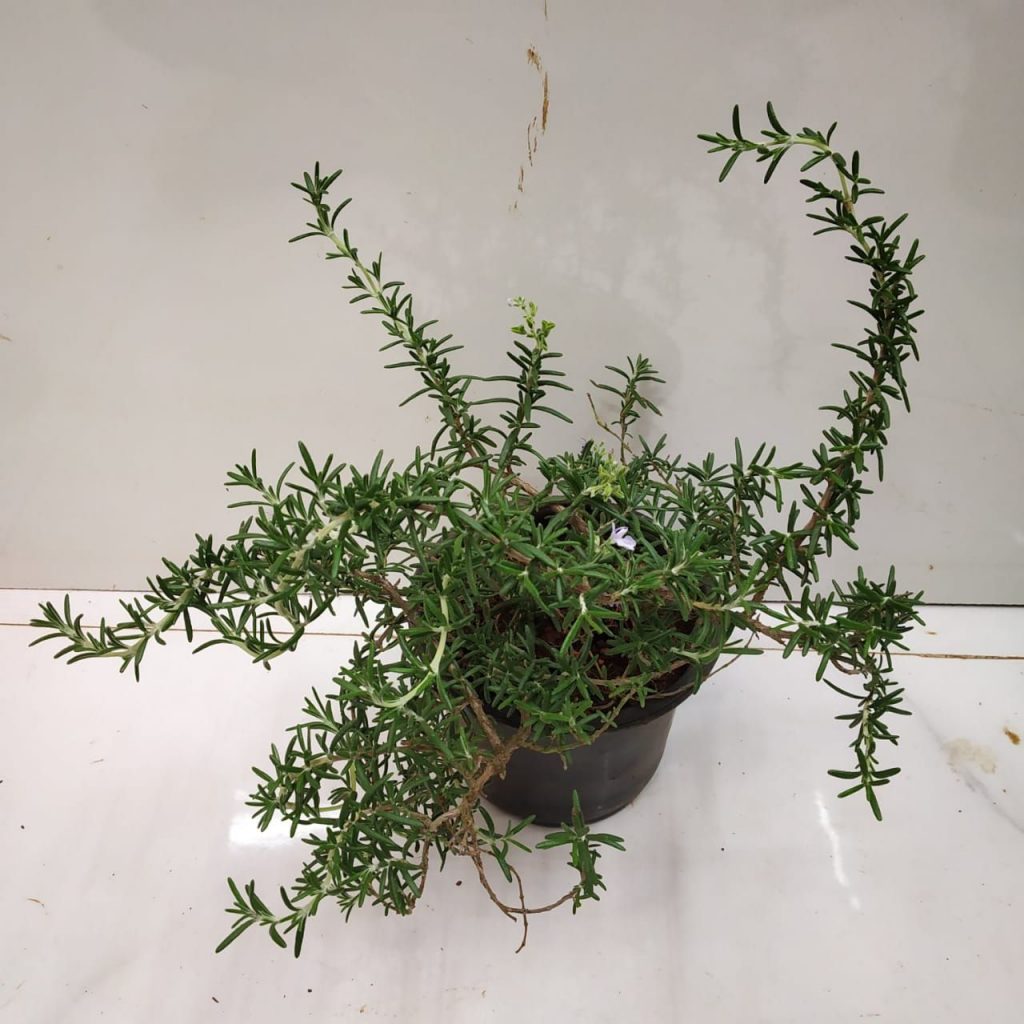
Fertilizer
Rosemary is not a heavy feeder, but fertilizing in spring with a fish/kelp emulsion will get it off to a good start for the season. Periodic foliar sprays with the emulsion will keep it looking great.
Propagating
You will make things far easier on yourself if you start with a nursery-grown plant. Rosemary can take years to fill in, so expect to pay more for a mature plant than for a small rosemary start.
Common Pests and Diseases
The biggest problem with growing rosemary indoors is getting the humidity level right. High humidity and poor air circulation commonly result in powdery mildew on rosemary plants. Powdery mildew is a white, powdery fungus that can develop if the surrounding air is humid and there is not enough air movement. On the other hand, too little humidity will desiccate the leaves and quickly kill the plant.



